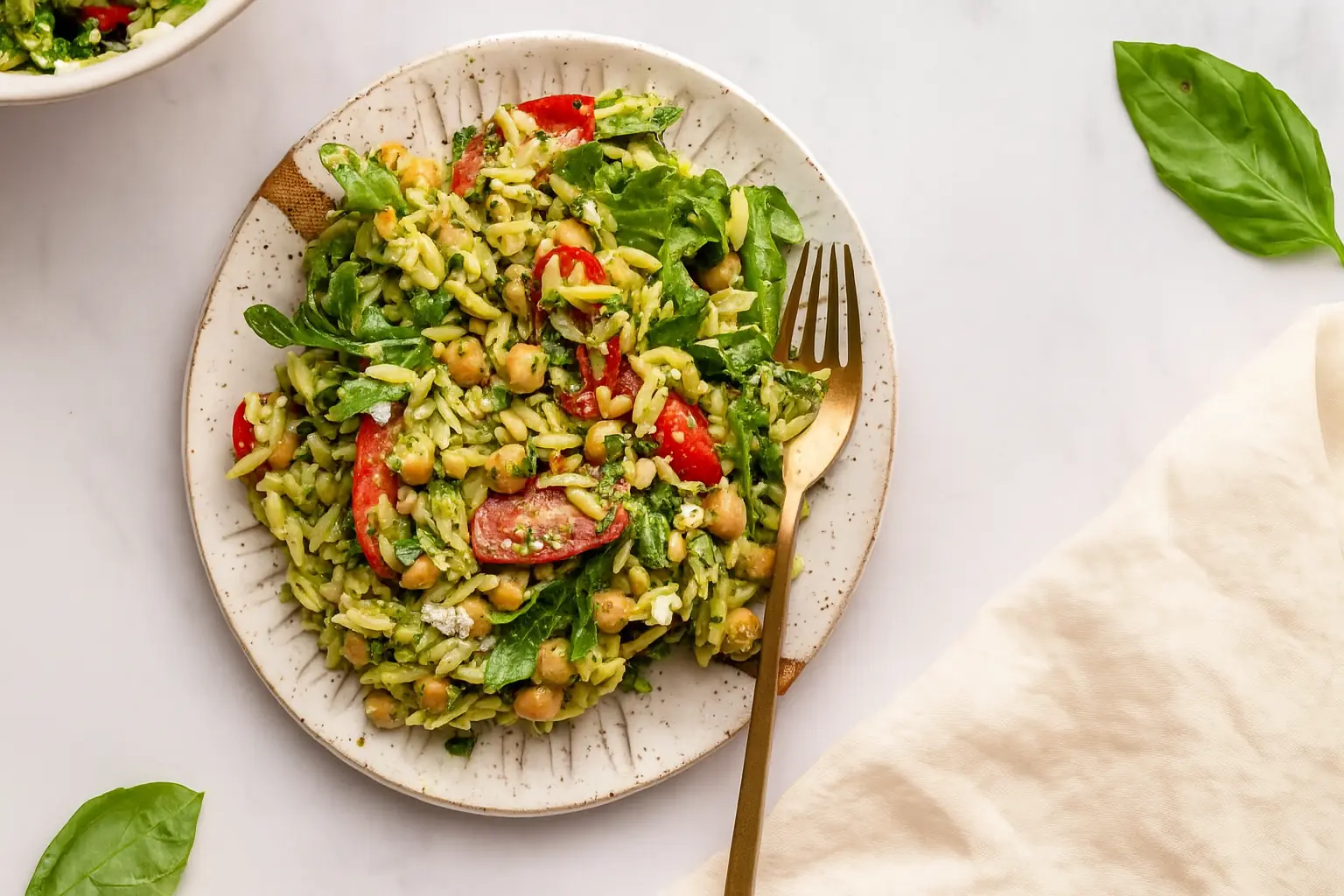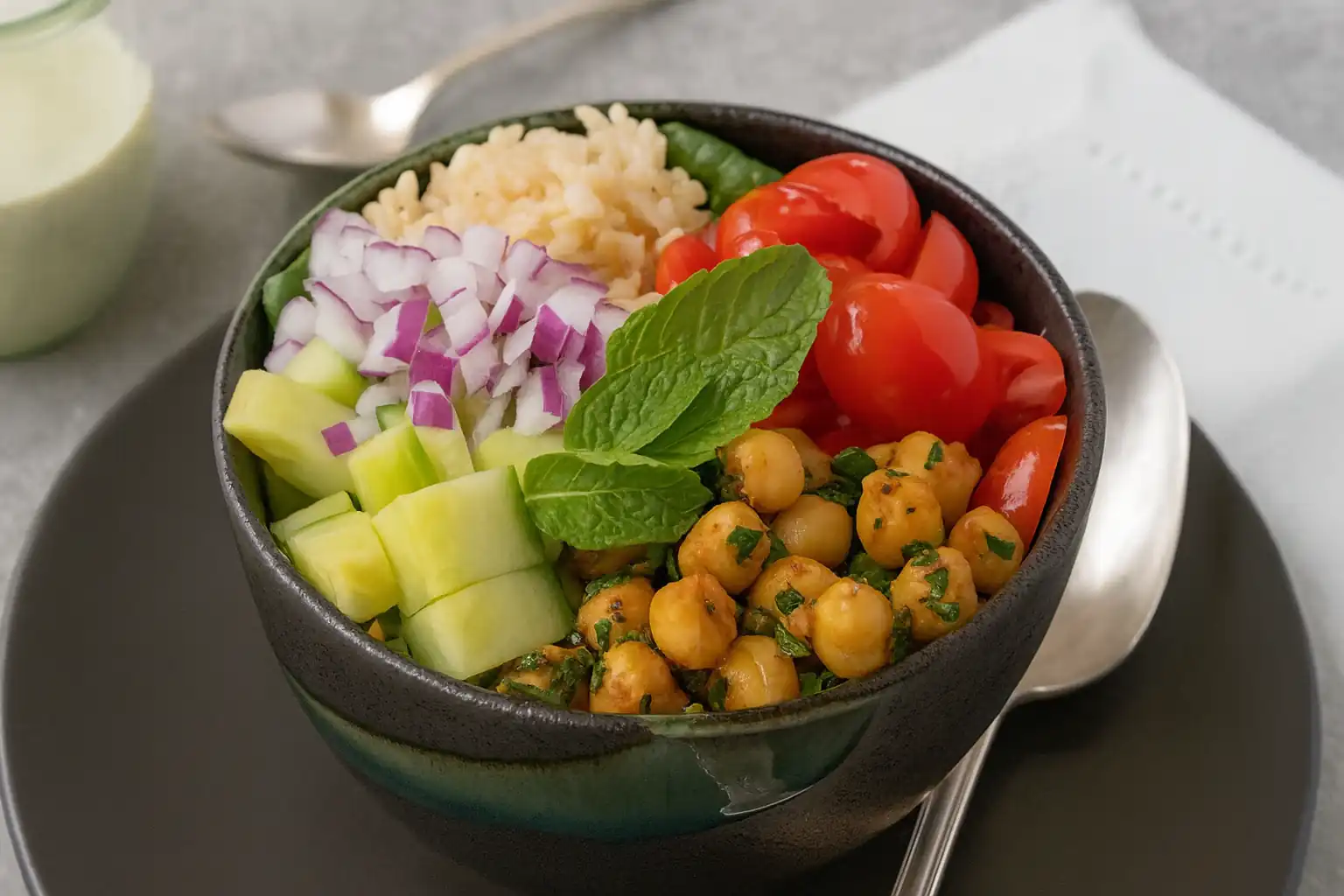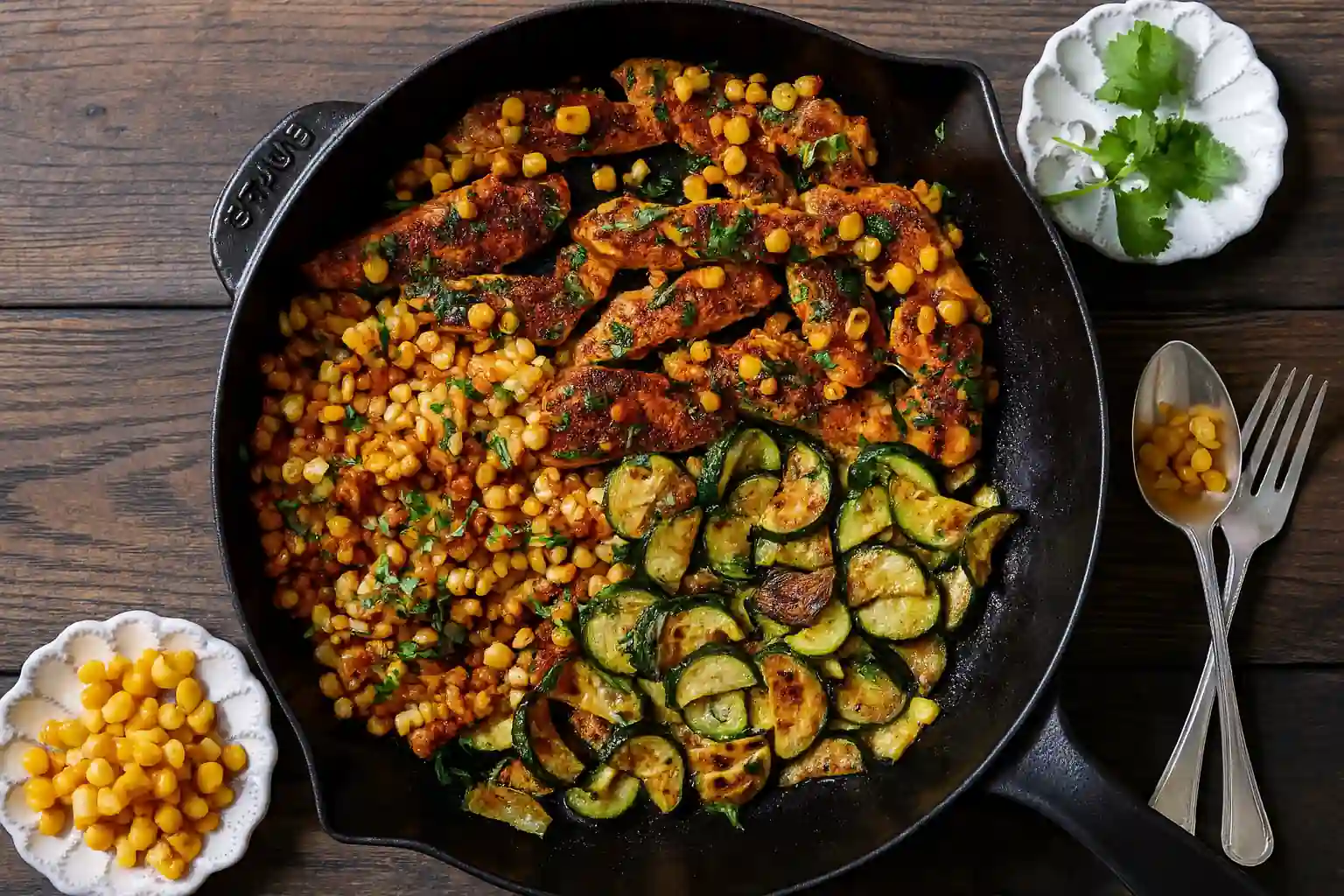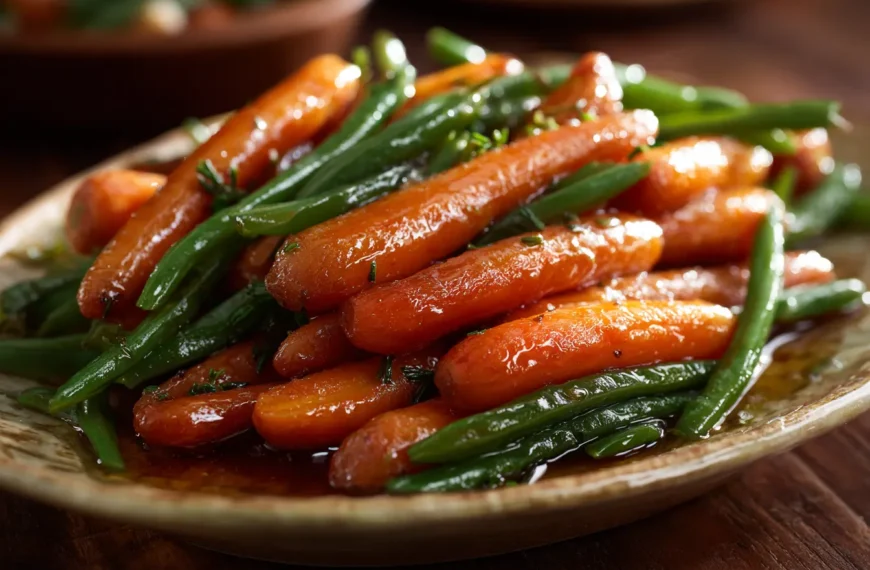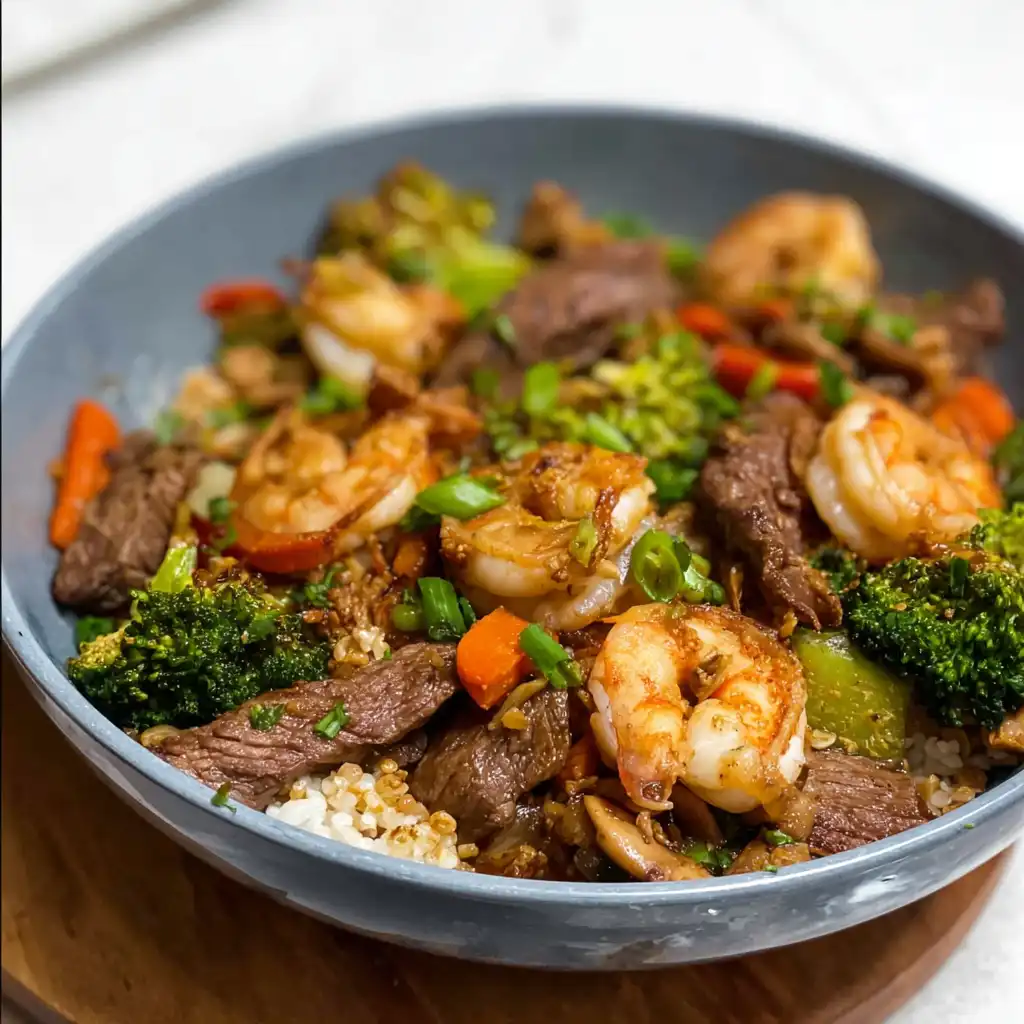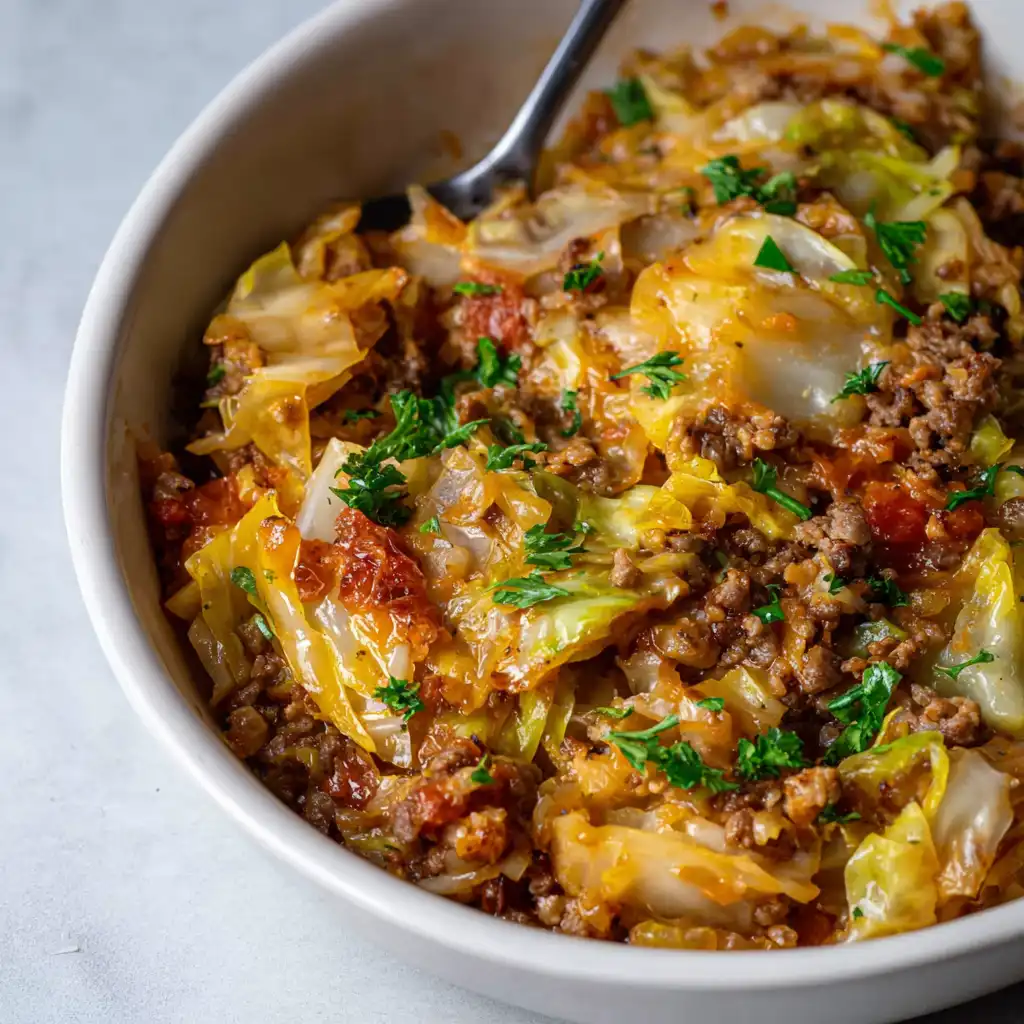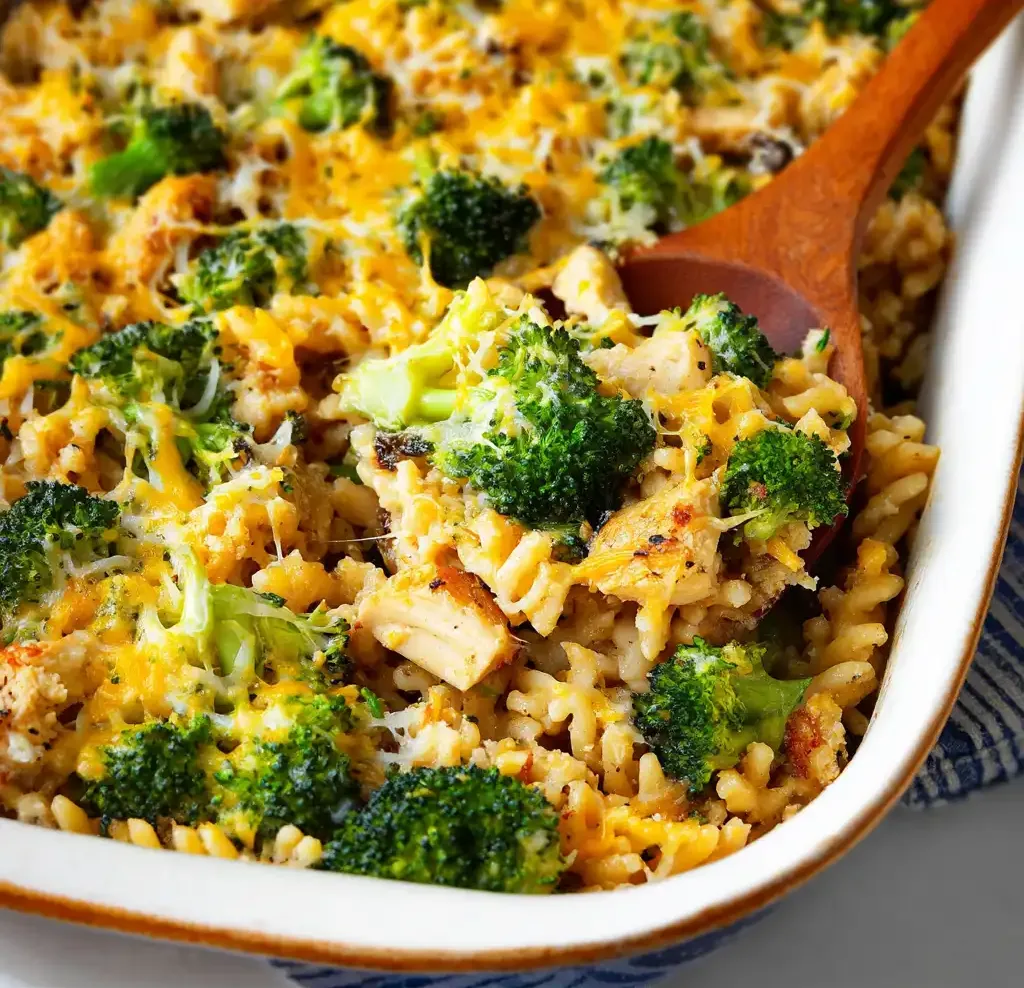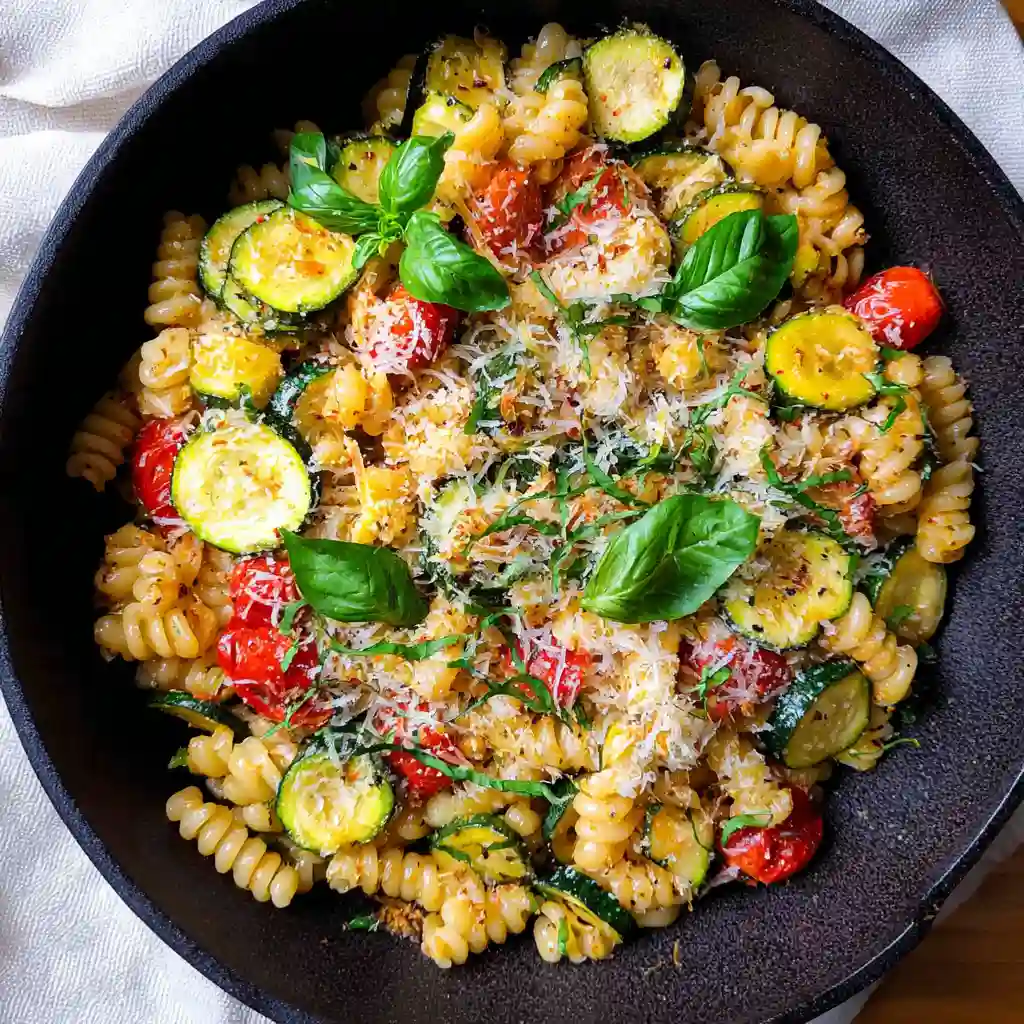Need a light yet satisfying dish that’s quick to make and even better the next day? This pesto orzo salad is the answer. Tossed with tender orzo pasta, juicy tomatoes, chickpeas, greens, and a bold basil pesto dressing, this salad works beautifully as a lunch, picnic side, or meal-prep hero. You can enjoy it chilled or at room temperature, with or without cheese, and it’s easy to make gluten-free or vegan. In this article, you’ll learn how to build the perfect pesto orzo salad, the best ingredient combinations, variations with corn or feta, and answers to your most common questions.
How This Pesto Orzo Salad Became a Go-To
A Warm-Weather Staple Born from Simplicity
This dish started on one of those hot days when the stove was the last thing anyone wanted to deal with. The pantry had orzo. The fridge had a jar of leftover pesto. A few tomatoes and a can of chickpeas later, this salad practically made itself. The final toss with a splash of vinegar and a handful of fresh basil sealed the deal.
Now it’s a repeat recipe. Whether served at cookouts or packed into lunchboxes, it holds up. It’s satisfying, colorful, and flexible—a reminder that a few good ingredients can go a long way when you know how to bring them together.
Why Pesto Orzo Salad Works Every Time
Pesto and orzo are a perfect match. Orzo’s small size allows the rich, herbaceous sauce to coat every bite. The salad’s ingredients are carefully balanced: the brightness of tomatoes, the creamy bite of vegan feta, and the crunch of toasted pine nuts come together in harmony.
A simple red wine vinegar or lemon juice dressing enhances the pesto’s flavor and keeps the salad vibrant. Arugula or spinach gives it a fresh, slightly peppery layer, and chickpeas add texture and plant-based protein. Whether served right away or chilled for later, the result is a fresh and deeply satisfying salad.
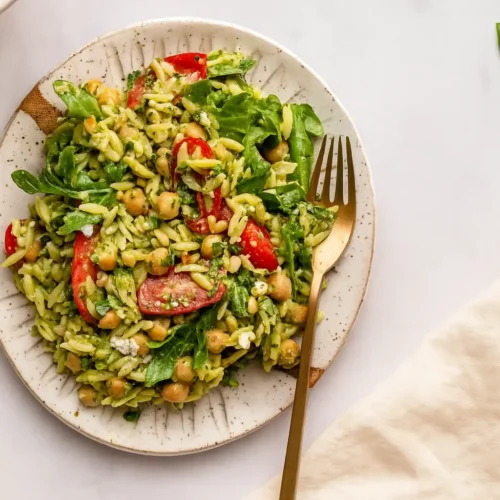
Pesto Orzo Salad
Ingredients
- 8 ounces dry orzo
- 1 tablespoon kosher salt plus more to taste
- 1/2 cup Nut-Free Pesto or Arugula Pesto or store-bought
- 3 tablespoons red wine vinegar or lemon juice
- 10 ounces cherry or grape tomatoes
- 1 15.5 ounce can chickpeas drained and rinsed
- 1/2 cup fresh basil chopped
- 1/2 cup vegan feta optional
- 1/4 cup pine nuts toasted
- 2 ounces fresh arugula or baby spinach
Instructions
- Cook the Orzo: Bring a large pot of water to a boil and add 1 tablespoon of salt. Add the orzo and cook until al dente, according to package instructions. Drain the orzo and rinse with cold water, until the orzo itself comes to room temperature.
- Make the Dressing: Whisk the pesto and vinegar together in the base of a large bowl until a smooth texture forms.
- Mix: Add the orzo, tomatoes, and chickpeas to the bowl and mix until evenly combined. Add the basil, feta (optional), pine nuts, and arugula. Gently fold into the salad. Season with additional salt to taste, if necessary.
- Serve: Serve immediately, or chill in the fridge for 15 minutes before serving. Leftovers can be stored in an airtight container in the refrigerator for up to 5 days.
Notes
Oil-Free: Use my Avocado Pesto from this recipe instead! Calories: 554kcal
Carbohydrates: 69g
Protein: 17g
Fat: 24g
Saturated Fat: 4g
Polyunsaturated Fat: 4g
Monounsaturated Fat: 2g
Cholesterol: 2mg
Sodium: 2514mg
Potassium: 573mg
Fiber: 9g
Sugar: 5g
Vitamin A: 1487IU
Vitamin C: 23mg
Calcium: 152mg
Iron: 4mg
Ingredients, Variations & Nutritional Tips for Pesto Orzo Salad
Key Ingredients That Build Big Flavor
The beauty of a great pesto orzo salad is that it starts with simple pantry staples and fresh produce. Let’s walk through the core ingredients and why each one matters.
- Orzo pasta: This rice-shaped pasta is ideal for cold salads because it holds its texture without clumping. Cook it al dente, rinse with cold water, and it’s ready to soak up the dressing.
- Pesto: Whether you make your own or use a quality store-bought version, pesto adds that signature herbal richness. Choose a nut-free or arugula pesto if needed. The flavor should be bold and balanced, not overly garlicky or oily.
- Red wine vinegar or lemon juice: Just a few tablespoons brighten the dish and keep the pesto from tasting too heavy. Acid is the unsung hero in pasta salads—it lifts everything.
- Cherry or grape tomatoes: Sweet, juicy, and colorful. Slice them in half to help them absorb the dressing and mingle better with the other ingredients.
- Chickpeas: These add texture, fiber, and plant-based protein, turning this salad into a full meal. Canned chickpeas work perfectly here—just rinse and drain.
- Fresh basil: A handful of chopped basil adds fragrance and freshness to every bite.
- Vegan feta (optional): Creamy and salty, feta balances the brightness of the pesto. It’s a great addition but not required. The salad still shines without it.
- Toasted pine nuts: A little crunch goes a long way. Lightly toasting the nuts enhances their nutty flavor and adds depth to the salad.
- Arugula or spinach: These greens add a peppery or mild touch, depending on what you choose. They also make the dish more colorful and nutrient-dense.
Variations to Fit Your Season and Style
One of the best parts of making pesto orzo salad is how easily you can adapt it. You can swap ingredients based on what’s in your fridge or what’s in season—and still get a delicious result.
For a summer twist, try adding grilled corn. Just slice it off the cob and fold it in with the tomatoes and chickpeas. Corn’s sweetness pairs wonderfully with the brightness of pesto and adds a sunny crunch.
If you’re craving a heartier version, toss in roasted zucchini, chopped bell peppers, or cooked asparagus. These add-ins create even more color and flavor complexity.
Want to make it gluten-free? Just substitute regular orzo with a gluten-free pasta shape or a rice-based orzo. Everything else stays the same.
Looking for oil-free? Use an avocado-based pesto to skip the extra oil and still get creamy texture. You can also increase the lemon juice slightly to help keep the dressing fluid and flavorful.
This dish also keeps well. In fact, it often tastes better the next day after the flavors meld. Store in the fridge for up to five days and give it a quick toss before serving.
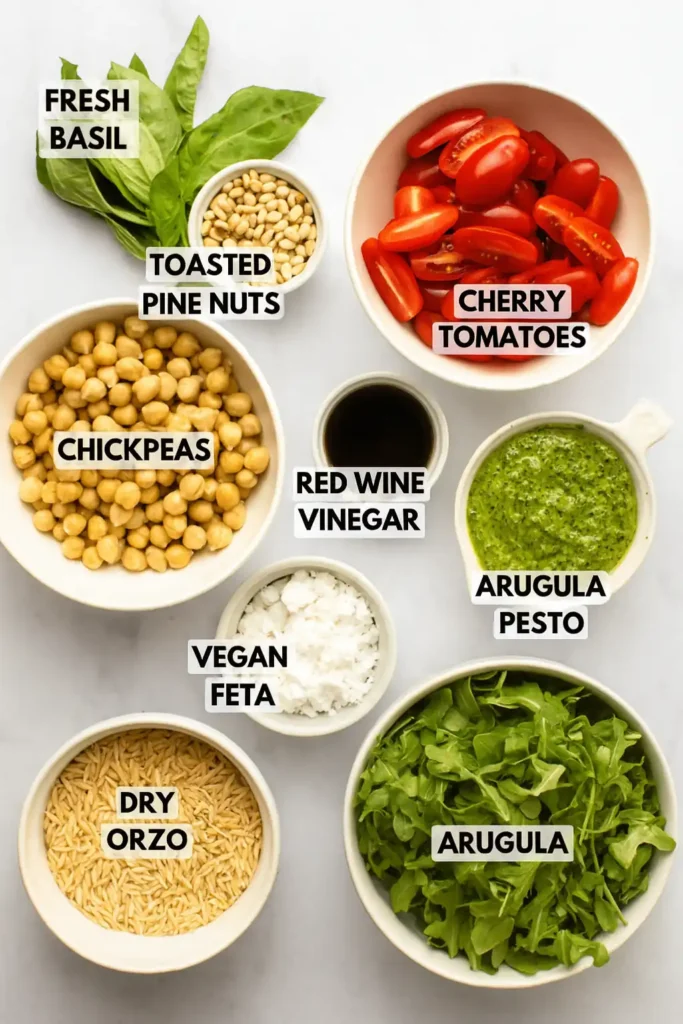
How to Make Pesto Orzo Salad Step-by-Step
Cooking the Orzo the Right Way
Start by bringing a large pot of water to a boil. Add a generous tablespoon of kosher salt—this seasons the pasta from the inside out. Once the water is rolling, pour in 8 ounces of dry orzo. Stir occasionally to prevent clumping.
Cook until al dente, which typically takes 7–9 minutes depending on the brand. Then drain and rinse the orzo under cold water until it’s room temperature. This stops the cooking and keeps the texture firm—perfect for a pesto orzo salad that won’t turn mushy after mixing.
Place the orzo in a large bowl to cool while you prepare the other ingredients.
Building the Salad with Fresh, Bold Layers
In the base of your mixing bowl, whisk together ½ cup of pesto with 3 tablespoons of red wine vinegar (or lemon juice). The acid gives the salad life and balances the richness of the pesto. You’ll want a smooth dressing that clings to each piece of orzo.
Now add the drained orzo to the bowl. Toss until every piece is coated. This helps infuse flavor into the pasta itself before adding anything else.
Next, fold in halved cherry tomatoes, one can of chickpeas (drained and rinsed), and ½ cup chopped basil. If you’re using vegan feta, sprinkle in ½ cup now. The feta will soften slightly and blend with the other textures.
Add ¼ cup of toasted pine nuts and a handful (about 2 ounces) of arugula or baby spinach. Gently mix everything to keep the greens from bruising. Taste the salad and season with additional salt if needed.
You can serve this pesto orzo salad right away, or chill it in the fridge for 15–20 minutes for a cooler, more refreshing experience. The flavors continue to develop the longer it sits, making leftovers even better the next day.
Common Questions About Pesto Orzo Salad
How do you make orzo pesto feta salad?
To make orzo pesto feta salad, start by cooking orzo pasta until al dente, then rinse it under cold water to stop the cooking. In a large bowl, whisk together pesto and vinegar to create a simple dressing. Add in cooked orzo, halved cherry tomatoes, drained chickpeas, and chopped basil. Gently fold in crumbled vegan or dairy feta, arugula or spinach, and toasted pine nuts. Toss until everything is well combined and serve chilled or at room temperature. This method ensures that every bite is coated in the bold flavor of pesto while the feta adds a creamy, tangy contrast.
Is feta and pesto a good combination?
Yes, feta and pesto make a fantastic pairing. The saltiness and tang of feta cut through the rich, herbal flavor of pesto, creating a perfect balance in dishes like pesto orzo salad. Feta also adds a creamy texture without overpowering the other ingredients. Whether you’re using vegan feta or the traditional version, the combination enhances the overall freshness and makes the dish feel both hearty and bright.
Does orzo go with pesto?
Absolutely. Orzo pairs exceptionally well with pesto. Because of its small, rice-like shape, orzo holds onto sauces without getting soggy. This makes it ideal for cold pasta salads. When tossed in pesto, orzo absorbs the flavors evenly, creating a cohesive and flavorful bite every time. It’s a smart, simple base for adding vegetables, legumes, cheese, or greens—everything you want in a quick, flavorful salad.
How do you make orzo salad with corn?
To add corn to your orzo salad, simply grill or steam fresh corn and slice it off the cob. If using frozen corn, thaw and lightly sauté it for extra flavor. Add the cooked corn to your pesto orzo salad along with tomatoes, chickpeas, and greens. Corn adds a sweet crunch that contrasts beautifully with the savory pesto and creamy elements like feta. It’s a great way to give the dish a seasonal summer twist.
CONCLUSION
This pesto orzo salad brings together everything you want in a simple, flavorful meal: vibrant vegetables, a creamy punch of feta, and a bold, herb-packed pesto dressing. Whether you’re making it for lunch, a cookout, or your weekly meal prep, this salad delivers on taste and convenience. Plus, it’s easy to customize—swap in seasonal veggies, skip the cheese, or toss in grilled corn for a sunny upgrade. However you make it, this recipe proves that wholesome, fresh food doesn’t have to be complicated.
